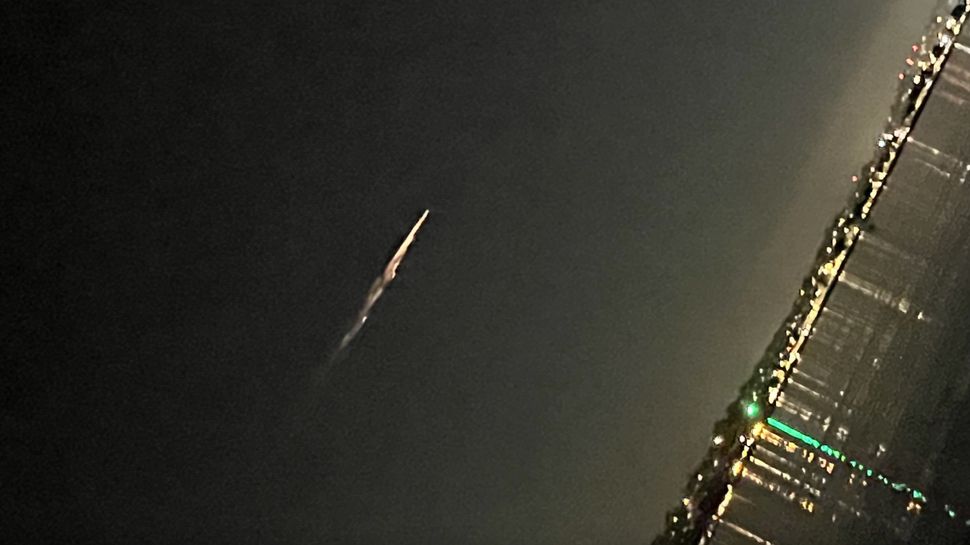Early Tuesday morning, a dazzling fireball streaked across the California sky, captivating skywatchers from Sacramento all the way down to San Diego. The American Meteor Society (AMS) [American Meteor Society] received a flurry of reports, with over 80 sightings logged by Tuesday afternoon. But this wasn't your typical meteor shower. The fiery visitor was a much larger and more human-made object: the orbital module from China's Shenzhou 15 spacecraft.
Launched in November 2022, the Shenzhou 15 mission delivered three astronauts to China's Tiangong space station. The orbital module, weighing in at about 3,300 pounds (1,500 kilograms), provided vital extra space for the crew to conduct experiments. Unlike the reentry capsule that safely brings astronauts home, the orbital module is not designed for a controlled landing.
The fiery descent of the Shenzhou 15 module around 1:40 am PDT (4:40 am EDT) left many Californians scratching their heads. With SpaceX having just launched a batch of Starlink satellites earlier that evening, some speculated it might be debris from that mission. While the disposable upper stage of a Falcon 9 rocket can't be ruled out entirely, the burning object's trajectory and characteristics pointed to a much larger piece of space debris.
 | |
| Casey B. captured this photo of a fireball from San Diego on April 2, 2024 and forwarded it to the American Meteor Society. (Image credit: Casey B./American Meteor Society) |
This dramatic reentry wasn't an isolated incident. China's Long March 5B rocket, the workhorse behind the construction of Tiangong, has a core stage weighing a whopping 23 tons (21 metric tons). Unlike the controlled descents of most rocket bodies, the Long March 5B core stage makes uncontrolled reentries, raising concerns within the space community.
The heads of both NASA and the European Space Agency have criticized this practice, highlighting the potential dangers of such massive objects falling to Earth in unpredictable locations.




0 Comments